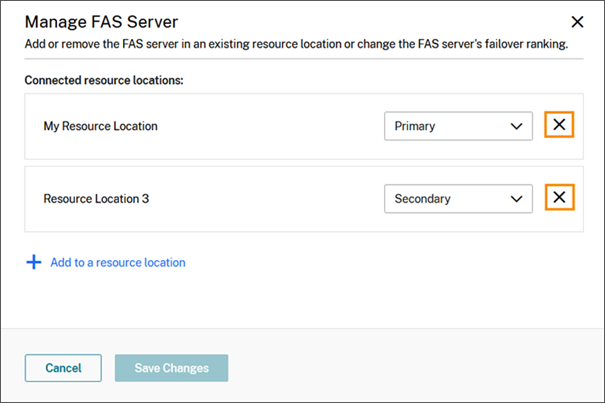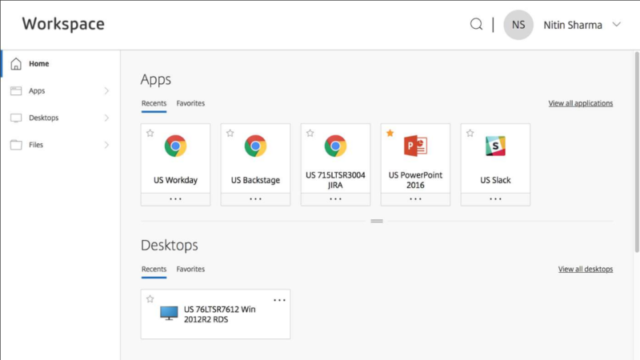

HKCU\Software\Classes\Applications\* – More app registrations.HKCU\Software\Classes\AppID\* – AppID registrations.HKCU\Software\Classes\* – File Associations and COM object registrations.Here is a high-level list of what was left behind in the registry: Let’s take a look what Citrix is missing in their utility… To do this I take a clean profile, install Citrix Receiver 4.3.100 (not elevated/per-user install), and uninstall it using the Receiver Clean-up Utility (running as an administrator/elevated) while the regular user is still logged in and has their profile loaded. It seems that since then they’ve updated the utility to clean installs up to version 4.3. They later came back saying they no longer are supporting the utility. I tried logging a case (and an enhancement request) with Citrix about two years ago stating their ‘ Receiver Clean-up Utility ‘ utility does not properly clean up these installations.
#CITRIX WORKSPACE REMOVAL TOOL HOW TO#
I spent time a while back figuring out how to clean it up manually, but it is a major headache to do so.

My last two work environments (and current) have been plagued with these installations. Their tools only clean up a fraction of what is actually there. Even if you get it removed the uninstaller and Citrix’s own cleanup utilities do an awful job at cleaning up the registered classes/components in the per-user installation. Even worse the machine/profile usually winds up being in a state where the per-user installation cannot be removed. When this happens the user that had the per-user installation cannot launch applications. You wind up with machines that have both installed. This creates a huge headache when trying to mass deploy Receiver (now Citrix Workspace) to the environment.

For years Citrix has created the Receiver installer with per-user installation functionality where if the installer is launched in the context of a regular user it will install/register the components to the local user’s profile rather than just failing with a permission error.


 0 kommentar(er)
0 kommentar(er)
